Acrobatic Arts and Performance: A Symphony of Movement and Expression
Introduction
Acrobatic arts is a captivating blend of athleticism, artistry, and theatrical storytelling that has evolved significantly over the centuries. From its early origins in ancient cultures to its contemporary manifestations in circuses, dance, and performing arts, acrobatics has become a multifaceted discipline. It enchants audiences worldwide by showcasing the beauty of the human body in motion, pushing the boundaries of strength and flexibility.
This article explores the rich history, techniques, and impact of acrobatic arts, while also examining how it serves as a powerful medium for expression and cultural exchange.
I. Historical Context
A. Origins of Acrobatics
Acrobatics can be traced back to ancient civilizations such as Egypt, Greece, and China, where physical feats were often integrated into cultural celebrations and religious rituals. Ancient Egyptian art depicts acrobats performing stunts, which signifies the importance of these skills in their society. In Greece, acrobats were often featured in games and festivals, and they contributed to the development of modern athletics. The Chinese have a long-standing tradition of acrobatics, with ancient texts dating back thousands of years detailing various performances.
B. The Evolution through Time
The concept of acrobatics continued to develop through the Middle Ages, often intertwined with the performances of jesters and clowns in courts and festivals. The Renaissance saw a resurgence in interest in physical arts, with the establishment of formal training institutions to teach acrobatics alongside dance and music.
In the 19th century, with the rise of the circus, acrobatics found a new platform, showcasing extraordinary feats of strength and grace. The introduction of the traveling circus brought acrobatics to a broader audience, further popularizing the form.
C. The Modern Era of Acrobatics
Today, acrobatic arts encompass various forms, including gymnastics, aerial silks, and even parkour. The integration of technology in performances, such as innovative lighting and sound design, transforms traditional acrobatics into modern theatrical spectacles. Circus schools and acrobatics academies worldwide have facilitated the formal education of this art form, allowing for its continuous evolution.
II. Techniques and Disciplines
A. Fundamental Techniques of Acrobatic Arts
The core techniques of acrobatics involve a combination of strength, balance, coordination, and flexibility. Fundamental skills include:
- Balancing: Mastery of static and dynamic balance is crucial, enabling performers to execute stunts successfully.
- Flipping and Twisting: Tumbling techniques, such as flips and twists, add dynamism and excitement to performances.
- Partner Acrobatics: Involving two or more performers, this discipline emphasizes trust and coordination to create stunning formations.
- Aerial Skills: Utilizing equipment such as trapezes, aerial silks, and hoops, these techniques elevate acrobatics into a three-dimensional space.
B. The Art of Choreography
Choreography plays a pivotal role in acrobatic performances. It involves the careful planning of movement patterns, transitions, and visual compositions that convey emotion and tell a story. Choreographers often collaborate with dancers and acrobats, creating pieces that explore themes of struggle, triumph, and the human experience.
C. Diverse Styles
Acrobatic arts encompass various styles, including:
- Contemporary Acrobatics: A fusion of traditional acrobatics with modern dance, this style emphasizes fluidity and expression.
- Circus Arts: Incorporating various forms, circus arts surround acrobatics with elements like clowning, juggling, and aerial performances.
- Acro-dance: A blend of dance and gymnastics, acro-dance allows for intricate choreography that incorporates acrobatic moves.
III. The Role of Acrobatics in Cultural Expression
A. A Universal Language
Acrobatic arts transcend linguistic barriers, offering a universal form of expression that can resonate with audiences regardless of their background. Performers convey emotions and narratives through movement, often leaving audiences in awe.
B. Cultural Influences
As acrobatic arts have spread globally, they have absorbed influences from various cultures, creating a rich tapestry of styles and techniques. For example, Brazilian capoeira merges dance, martial arts, and acrobatics, while Chinese acrobatics features intricate routines that showcase agility and precision.
C. Social Commentary and Activism
Many contemporary acrobatic performances also serve as vehicles for social commentary. Artists use their abilities to highlight issues such as gender equality, environmental awareness, and social justice, inviting audiences to engage with these themes on a deeper level.
D. Education and Empowerment
Acrobatics is often taught in schools, camps, and community programs, offering opportunities for young people to engage in physical activity, build confidence, and foster teamwork. These programs can empower individuals, teaching them discipline and resilience.
IV. The Future of Acrobatics and Performance
A. Technological Innovations
The integration of technology into performances is shaping the future of acrobatic arts. Virtual reality, projection mapping, and advanced sound design enable artists to create immersive experiences. This technological evolution opens new avenues for exploration, allowing acrobatic performances to merge with other art forms.
B. Sustainability in Performance
As awareness grows around environmental issues, acrobatic organizations are seeking sustainable practices. This includes using eco-friendly materials for costumes and sets, as well as promoting awareness of environmental issues through their performances.
C. Globalization and Cultural Exchange
The globalization of acrobatic arts continues to facilitate cross-cultural exchanges. Artists from diverse backgrounds collaborate to create innovative works, promoting inclusivity within the discipline. This exchange also enriches individual styles, leading to fresh and exciting performances.
D. The Rise of the Virtual Stage
The COVID-19 pandemic forced performers to adapt to virtual environments, leading to the emergence of online performances. This new format allows for broader audiences and innovative presentation methods, challenging traditional notions of what a performance can be.
E. Continued Training and Development
As the discipline evolves, so too will the training methods. New techniques and styles will emerge, driven by the creativity of the next generation of acrobatic artists. Schools and academies will likely continue to innovate, providing future performers with the tools necessary to succeed in this dynamic field.
Conclusion
Acrobatic arts is a vibrant and evolving discipline that represents a unique confluence of movement, creativity, and cultural expression. From its ancient roots to contemporary performances, acrobatics offers a powerful platform for storytelling that transcends barriers. As this art form continues to evolve, its influence will undoubtedly inspire new generations of artists and performers, ensuring that acrobatic arts remain a captivating spectacle for years to come.
References
- Buckland, J., & Salter, C. (2016). The History of Circus Arts. London: Routledge.
- Lussier, J. (2018). Movement and Narrative in Acrobatics: A Cultural Perspective. New York: Palgrave Macmillan.
- Miller, R. (2020). Acrobatics in the Modern Era: Performance and Technology. Chicago: University of Chicago Press.
- Thorne, L. (2019). The Globalization of Dance and Acrobatics: Interpretation and Identity. New York: Ashgate.
- Walker, A., & Peters, M. (2017). Exploring the Human Body in Movement: Acrobatics and Performance Art. San Francisco: Chronicle Books.
This is a condensed version of an article on acrobatic arts and performance. If you’re looking for a more detailed exploration of a specific aspect or additional sections, please let me know!



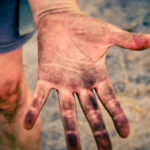

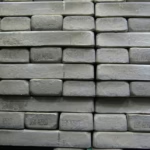









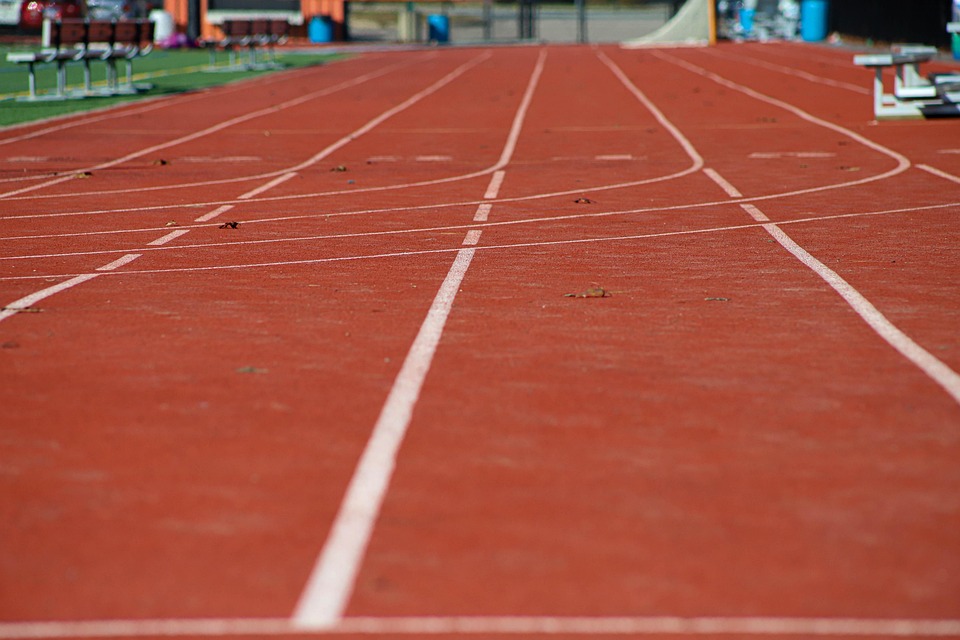
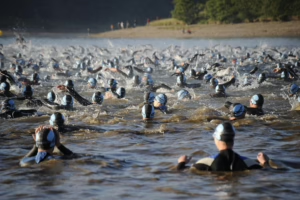

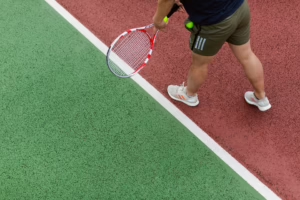


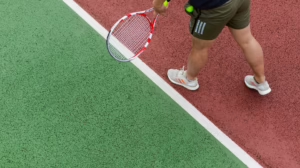




Add Comment